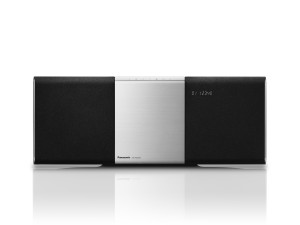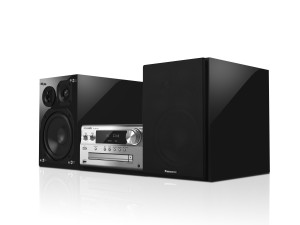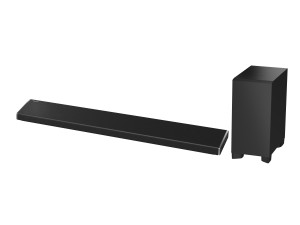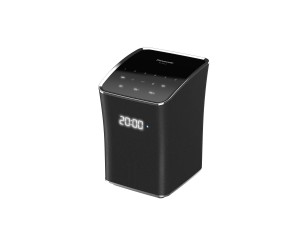Google celebrates Hedy Lamarr who is behind how Bluetooth works
Articles
From the horse’s mouth
Celebrating Hedy Lamarr (Blog post)
My Comments
Google is celebrating Hedy Lamarr who was an Austrian film actress who moved to France then America where she gained her footing as one of Hollywood’s most beautiful film stars. They have done this using their animated “Google Doodles” which shows you the pathway from a film star to the home network.
But it wasn’t all about being the most beautiful woman in Europe or starring in these films that made her significant. When Hedy was with her first husband who was a German arms dealer, she had taken an interest in applied science which was part of what made military technology work.
After fleeing Germany, she also wanted to contribute to the Allied war effort during World War II in a more useful way than selling war bonds. She realised that Hitler was using his U-Boats to sink passenger liners and wanted to do something about that.
Hedy Lamarr worked with George Antheil, an avante-garde composer who was her neighbour in Hollywood, to invent a frequency-hopping system for radio communications. This was a tool to allow successful communications to take place without being at risk of radio jamming which the Germans were good at.
The proof of concept was based around a player piano a.k.a. a pianola and its perforated rolls that had the music and taught the instrument how to play. Here, a piano roll was used to unpredictably change radio equipment between 88 different frequencies with the setup only operating on the frequencies for a short time. The sequence was only known between the controlling ship and the torpedo and it would require a lot of power in those days to jam a large swathe of frequencies.
This was not implemented by US Navy until the early 1960s where it earnt its keep as part of a blockade of Cuba. But this technology and the spread-spectrum ability that it allowed for ended up as an integral part of today’s digital-radio communications techology. Examples of this include Bluetooth, CDMA used in some cordless phone and mobile phone applications and COFDM which is used in Wi-Fi wireless networking which nearly every home network runs with, DAB and digital satellite radio and DVB-T digital TV.
Here, it is about a film star who appeared through Hollywood’s Golden Era but also contributed to the features essential for mobile computing and home networking.

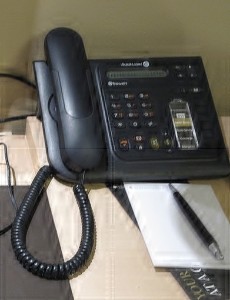

![BBC Model B microcomputer By Soupmeister (Acorn BBC Model B) [CC BY-SA 2.0 (http://creativecommons.org/licenses/by-sa/2.0)], via Wikimedia Commons](https://homenetworking01.info/wp-content/uploads/2015/07/Acorn_BBC_Model_B_-_Retrosystems_2010-300x199.jpg)
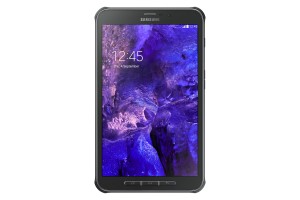
![VW Golf 3rd Generation rally car in Saxony rally by André Karwath aka Aka (Own work) [CC BY-SA 2.5 (http://creativecommons.org/licenses/by-sa/2.5)], via Wikimedia Commons](https://homenetworking01.info/wp-content/uploads/2015/07/Saxony_rally_racing_VW_Golf_3_55_aka-300x162.jpg)

